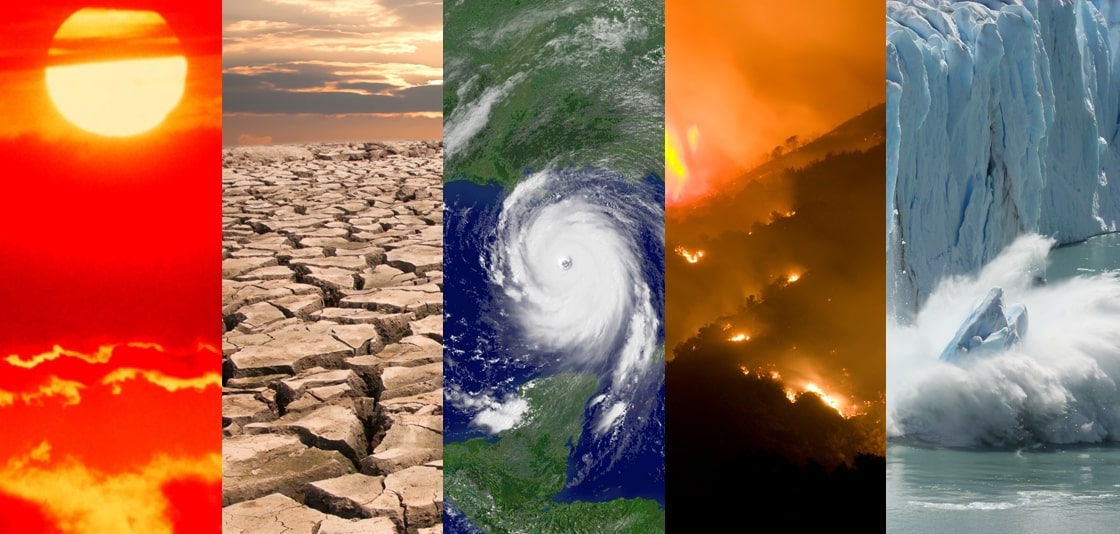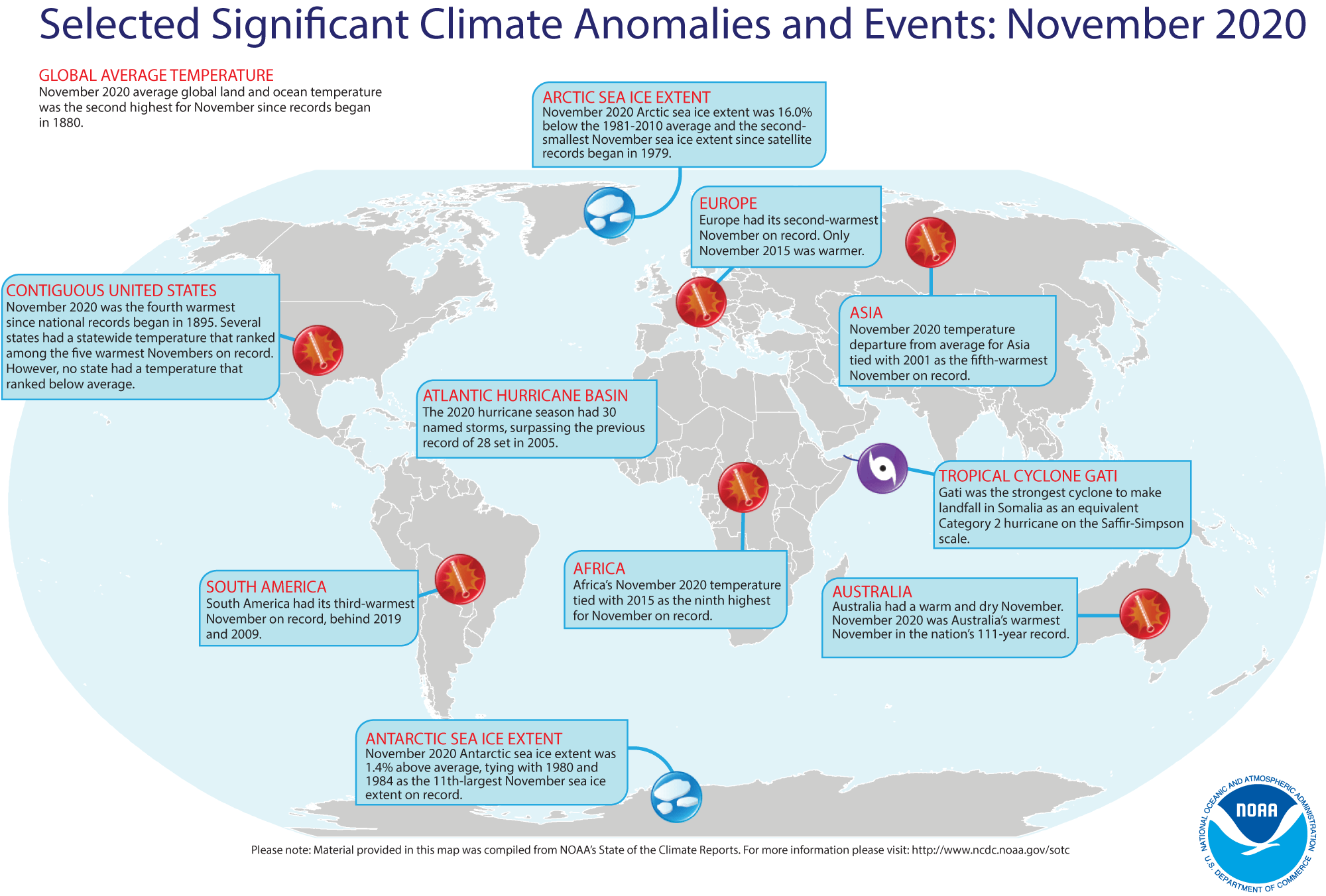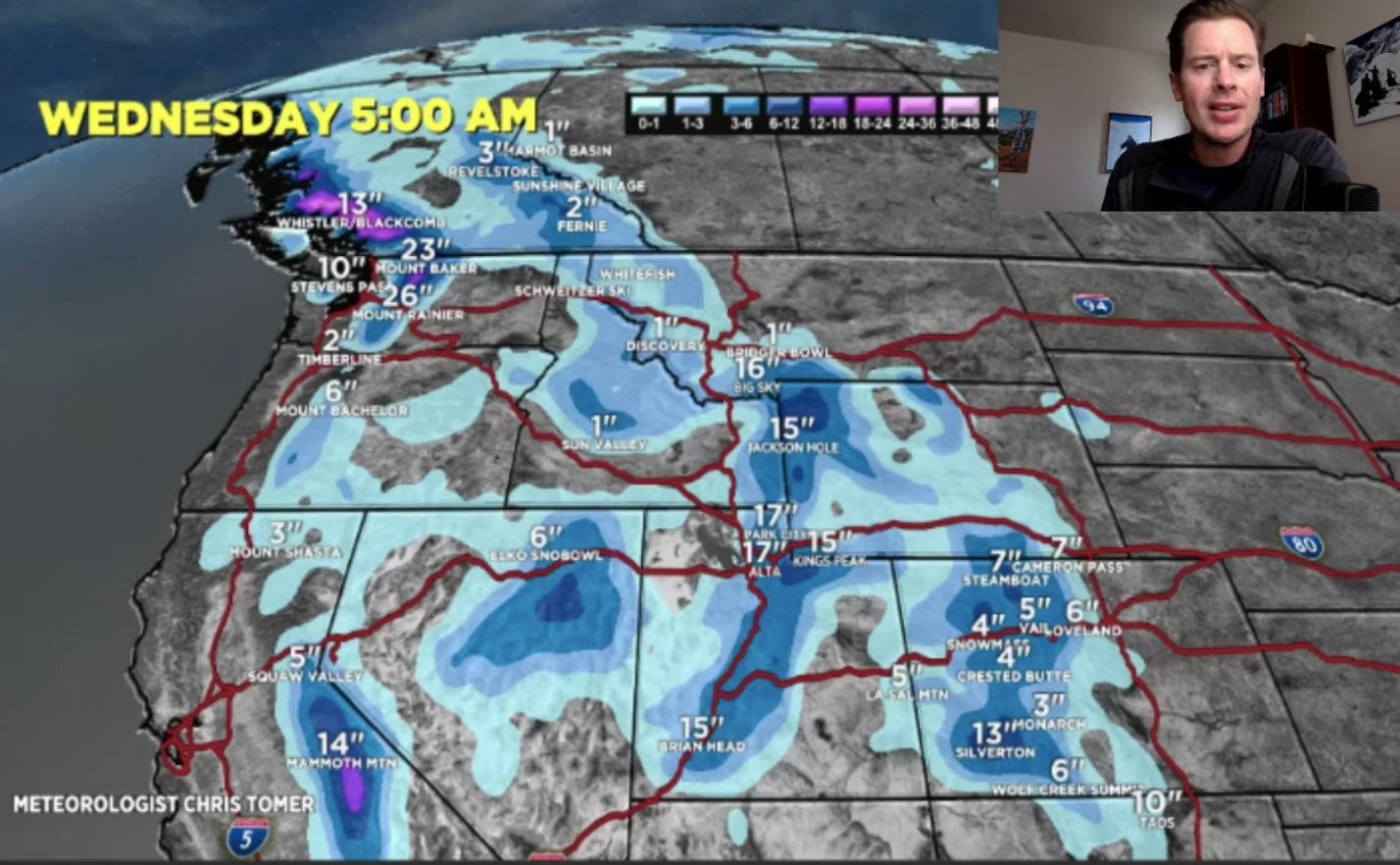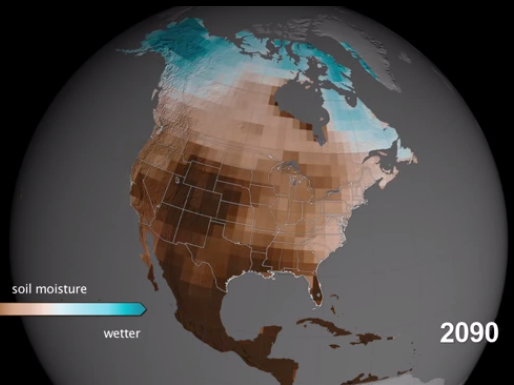
The planet outdid itself last month, as November 2020 ranked second hottest on record, overtaking November 2019 for the No. 2 spot.
Additionally, the year to date (January through November) and the three-month season (September through November) placed second and third hottest, respectively, according to scientists at NOAA’s National Centers for Environmental Information.
Exceptional warmth also caused Arctic sea ice coverage to melt to its second-lowest November coverage on record.
Here’s more from NOAA’s latest monthly global climate report:
Climate by the numbers
November 2020
The average global land and ocean surface temperature for November 2020 was 1.75 degrees F (0.97 of a degree C) above the 20th-century average. This is the second-highest November temperature on record — slightly below that for November 2015 — and exceeds the now third-highest average temperature observed for November 2019.
The Northern Hemisphere had its warmest November on record, with the Southern Hemisphere seeing its ninth warmest. The most notable temperature departures were felt across parts of the contiguous U.S., northern Europe, northern Russia, Australia, central and southern South America, the North Pacific Ocean, and the Bering Sea.
The world’s 10 hottest Novembers have all happened since 2004, with five of those occurring as recently as 2013.
Year to date and the 3-month season
The year-to-date (through November) global land and ocean surface temperature was 1.80 degrees F (1.00 degree C) above the 20th-century average, making it the second-warmest YTD in the 141-year record — just 0.02 of a degree F (0.01 of a degree C) cooler than the same period in 2016.
The season — meteorological autumn or spring, depending on the hemisphere — saw an average combined global land and ocean temperature of 1.64 degrees F (0.91 of a degree C) above the average of 57.1 degrees F (14 degrees C). This three-month period ranked third warmest on record behind the 2015 and 2019 seasons.
According to a statistical analysis done by NCEI scientists, 2020 is very likely to rank among the three-warmest years on record.

Other notable climate events in this report
-
Arctic sea ice coverage made a near-record retreat: Last month’s Arctic sea ice coverage was 16.0% below the 1981–2010 average, the second-smallest November extent on record behind 2016.
-
Autumn saw extraordinary heat: This was the second-warmest autumn for the Northern Hemisphere on record, behind autumn 2015 by only 0.02 of a degree F (0.01 of a degree C). Meanwhile, Europe saw its warmest autumn in recorded history.
-
Unprecedented warmth enveloped half the world: The first 11 months of 2020 were the Northern Hemisphere’s hottest on record, surpassing the previous record set in 2016 by 0.09 of a degree F (0.05 of a degree C). The Southern Hemisphere had its fifth-warmest YTD on record.




